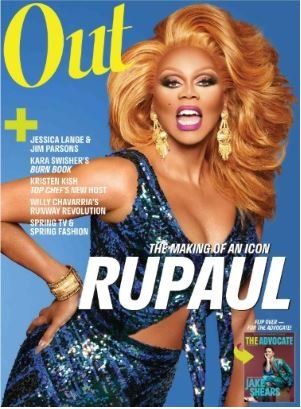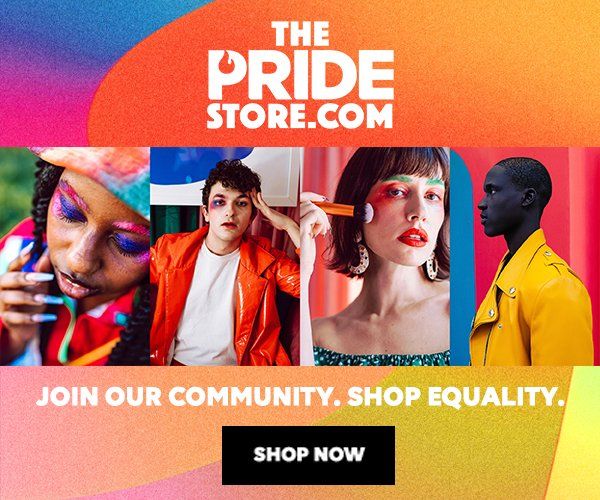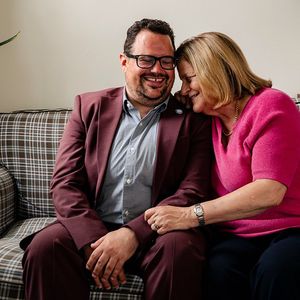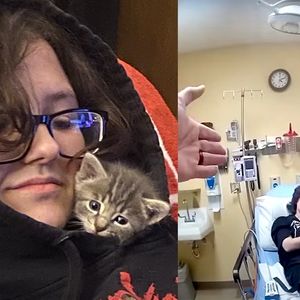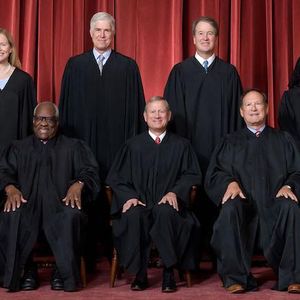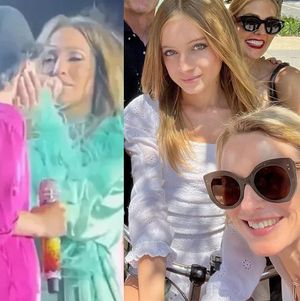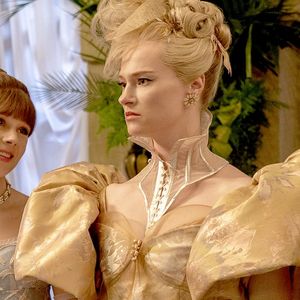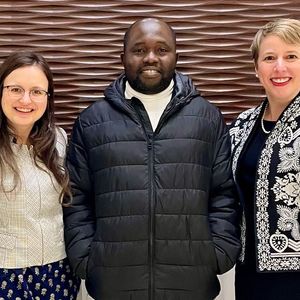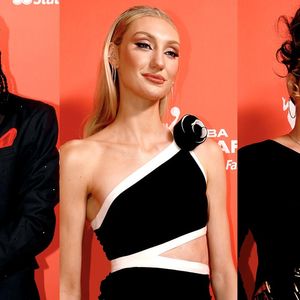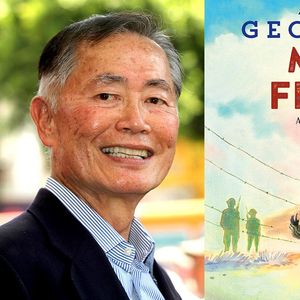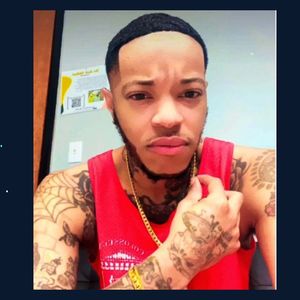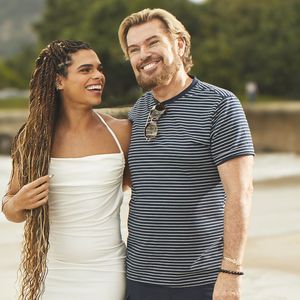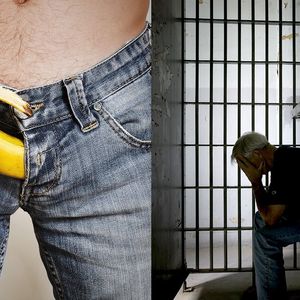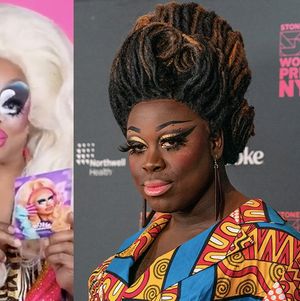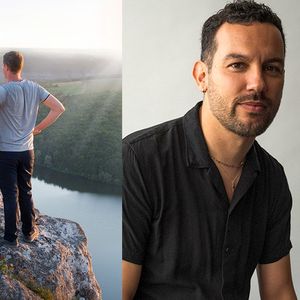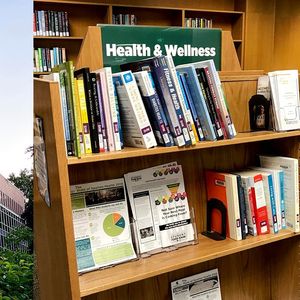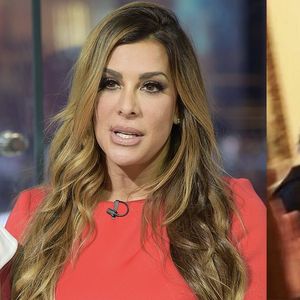Pictured: Epiphany | Photography by Leland Bobbe
With the unprecedented popularity of drag queens in popular culture these days, many unitiated may feel that they have seen it all, done it all. Of course, those in the trenches know that there are thousands of other performers out there, toiling away at their jobs, their art, their vocation, and the gritty side of being a drag queen is far from what it appears in a TV program like RuPaul's Drag Race.
Photographer Leland Bobbe's photographs of drag performers, titled Half-Drag, have sparked conversations about gender identity, sexuality, and bigotry by exposing the beautiful, painted side of drag performers and the "raw" side of the men beneath that perfect exterior.
The photographs--of well-known New York City personalities such as Sherry Vine, Epiphany Get Paid, and Miss Fame--are jarring at first glance and can actually blur the line between reality and fantasy in a way that is, perhaps unintentionally, disturbing and creepy. While the project, which he began in January 2012, could be dismissed as a simple gimmick, but the photographs have found an international audience (Bobbe was even featured in Vogue Italia, as well as ABC News and MSN).
After nearly 18 months of working on the project, he recently shot his last photo for the series, and now he's planning gallery exhibits, an event at The Center in NYC for Pride month, and hopes to have a book of the photographs soon as well. We caught up with the photographer to understand why he's been so dedicated to Half-Drag.
SLIDESHOW: 10 Images from Half-Drag
Out: How long have you been working on this project? And how many are there in total?
Leland Bobbe: I started this project in January of 2012 and just shot my last Half-Drag shot about two months ago; I've shot over 60 queens in total.
Who are these people? Friends? Strangers? Have you ever considered "making over" regular folks to see what the reaction would be?
These are all real New York City drag queens who i met mostly through Facebook and through referrals. No, I haven't considered making over "regular" people, but it's not a bad idea. I doubt, however, that regular people would come close to having the makeup and hair skills that these queens have.
Why did you decide to do the "half-drag" concept? Was it to question ideas of masculinity, feminity, and gender?
Initially I thought it would be interesting from a visual viewpoint only. Once the project went viral, I realized that people were relating to this on a whole other level--as in questioning normative ideas about gender and the subject of gender fluidity.
Anyone who was uncomfortable or hestitant?
I don't think any of them were uncomfortable, although a few were a bit nervous about only doing makeup on half of their face. The most interesting thing was seeing both the visual transformation of the subjects and the way they went from their male-self when they came to the shoot and seeing their feminine side come out once they were in front of the camera.
Since you first showed or exhibited the works you have had many new photography and makeup experiences and it seems mainly positive, but did you experience any negative feedback from drag queens or anyone else?
I never received any negative feedback personally. A very small number of comments that people made online in comments sections of articles were not too nice. But I think they just didn't get it. The pictures probably threatened them in some way.
How long do you foresee this project going on? Is there an endpoint?
I have shot my last Half-Drag image!
SLIDESHOW: 10 Images from Half-Drag
See more images at LelandBobbe.com


